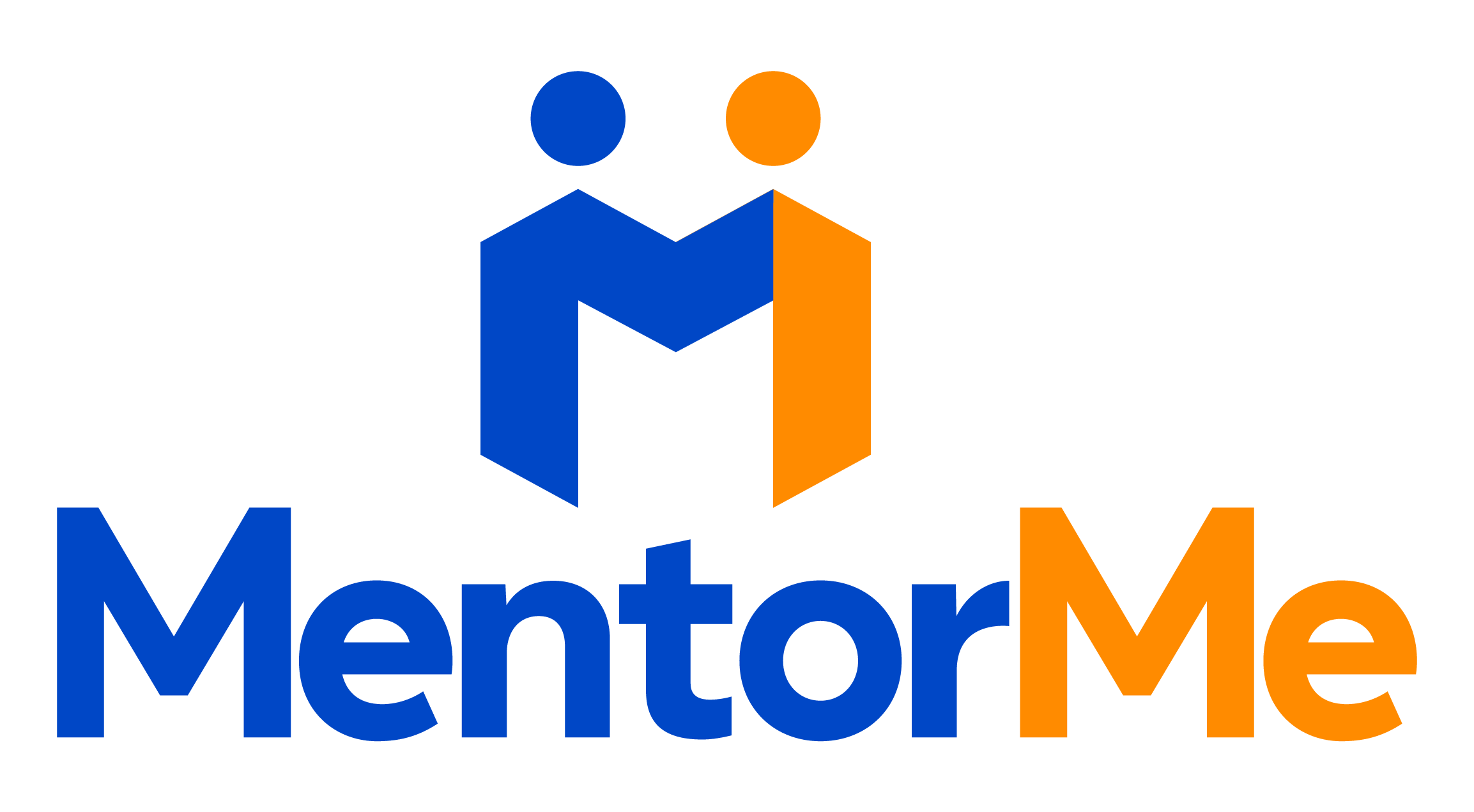
Knowing about Lateral Entry
The concept of lateral entry in education isn't new globally, but it's structured implementation in India is relatively a late starter. The Ministry of Education and regulatory bodies like AICTE and UGC have been instrumental in formalizing lateral entry processes. National Education Policy (NEP) 2020 emphasizes creating multiple entry and exit points in higher education, aligning with the concept of lateral entry.
What is Lateral Entry?
Lateral entry means that a student can get admission directly in the 2nd year or 3rd semester of the course after having completed a diploma course in a relevant field. Since the student has already undergone the basic education related to the field in the diploma course, they are considered suitable to be directly admitted to 2nd year. While it allows students to enter mainstream education, it also provides a solution to the growing need for skilled professionals and the desire to create more flexible educational pathways.
Lateral entry is not available in all the courses. While B. Tech programs are the most common for lateral entry, the concept has expanded to other fields as well. This is so because lateral entry aligns with the government's focus on skill development and vocational education.
Advantages of Lateral Entry
- Time Efficiency: Students can complete their degree in less time compared to the traditional route. For example, diploma holders can earn a B. Tech degree in 3 years instead of 4.
- Cost Savings: Reduced duration of study translates to lower overall education costs. This includes savings on tuition fees, living expenses, and opportunity costs.
- Career Advancement: Provides an opportunity for diploma holders to upgrade their qualifications to a full degree. It can lead to better job prospects and higher salary potential.
- Practical Knowledge Utilization: Students can build upon their existing practical skills and knowledge gained from diploma courses or work experience. This integration of practical and theoretical knowledge can lead to a more comprehensive understanding of the subject.
- Faster Entry into the Job Market: Lateral entry students often enter the job market sooner than traditional students. This can be particularly advantageous in rapidly evolving fields.
- Recognition of Prior Learning: The system acknowledges and gives credit for the education and skills already acquired by the student. This recognition can boost confidence and motivation.
- Flexibility in Educational Pathways: Offers an alternative route to higher education for those who may have chosen vocational training earlier. Allows students to change or refine their career direction.
- Opportunity for Higher Studies: A full degree opens doors for postgraduate studies and research opportunities that might not be available to diploma holders.
These advantages make lateral entry an attractive option for many students, particularly those looking to enhance their qualifications efficiently. However, it's important to note that the specific benefits can vary depending on the program, institution, and individual circumstances. Students should carefully consider their career goals and the specific offerings of lateral entry programs when making their educational decisions.
Industry Perspective
Many industries view lateral entry positively as it brings in students with practical skills along with theoretical knowledge. Some companies have partnerships with educational institutions to facilitate lateral entry for their diploma-holder employees.
The industry perspective on lateral entry in education offers valuable insights into its practical implications and perceived benefits. Given below is an explanation on how various industries view and engage with lateral entry programs:
- Positive Reception: Many industries generally view lateral entry positively. They see it as a way to get graduates who have both theoretical knowledge and practical skills. This combination is often highly valued in the job market.
- Bridging the Skill Gap: Industries frequently complain about a mismatch between graduate skills and job requirements. Lateral entry students, particularly those coming from diploma backgrounds, often bring practical skills that can help bridge this gap.
- Reduced Training Costs: Companies may find that lateral entry graduates require less on-the-job training, especially for technical roles. This can translate to reduced training costs and faster integration into the workforce.
- Industry-Academia Collaboration: Some companies actively collaborate with educational institutions to shape lateral entry programs. This involvement allows industries to influence curriculum design, ensuring it aligns more closely with current industry needs.
- Upskilling Existing Workforce: Many companies encourage their diploma-holder employees to pursue lateral entry into degree programs. This is seen as a way to upskill the workforce without losing valuable employees to full-time education.
- Diversity in Skill Sets: Lateral entry brings students with diverse educational backgrounds into degree programs. Industries value this diversity, as it can lead to more innovative problem-solving approaches in the workplace.
- Faster Time-to-Market: In rapidly evolving fields like IT and technology, lateral entry graduates can sometimes be deployed more quickly on projects due to their prior exposure to industry practices.
Lateral Entry into B. Tech Programs
Lateral entry into B. Tech (Bachelor of Technology) programs is a provision that allows diploma holders or B. Sc graduates or D. Voc pass outs to directly enter the second year (3rd semester) of a B. Tech course. This system is designed to provide an opportunity for students to upgrade their qualifications and transition into engineering degree programs more efficiently.
Admission Process
Many states conduct special entrance exams for lateral entry. Some institutions consider diploma/degree scores for admission. A few private institutes also offer lateral entry through their own entrance exam.
Following is the list of entrance exams for lateral entry into B. Tech:
- All India SLIET Entrance Test (SET)
- Delhi Technological University Lateral Entry Engineering Test (DTU LEET)
- Diploma Common Entrance Test (DCET)
- DTE Kerala LET
- Haryana LEET
- Himachal Pradesh Lateral Entry Entrance Test (HP LEET)
- Indraprastha University Common Entrance Test (IPU CET)
- Joint Entrance Examination for Lateral Entry (JELET)
- Joint Lateral Entrance Examination (JLEE)
- Kalinga Institute of Industrial Technology Entrance Examination (KIITEE)
- Odisha Joint Entrance Exam (OJEE)
- Panjab University Lateral Engineering Entrance Test (PULEET)
- Uttar Pradesh State Entrance Examination (UPSEE)
- Uttarakhand State Entrance Exam (UKSEE)
- International Institute of Information Technology, Hyderabad Lateral Entry Entrance Examination (IIITH LEEE)
Lateral Entry Beyond Engineering
Some other fields where lateral entry is available are as follows:
- Design: Some design institutes offer lateral entry for diploma holders in related fields.
- B. Pharm (Bachelor of Pharmacy): Diploma holders in Pharmacy can enter directly into the second year
- BCA (Bachelor of Computer Applications): Some universities allow diploma holders in computer science to enter the second year
- B. Sc Nursing: GNM (General Nursing and Midwifery) diploma holders can enroll for B. Sc Nursing (Post Basic) program for 2 years to become trained nurses which otherwise is a 4 years course.
- B. Arch (Bachelor of Architecture): Some institutions allow diploma holders in architecture to enter in the second year
- BBA (Bachelor of Business Administration): A few universities offer lateral entry for students with relevant diplomas or associate degrees
- BHMCT (Bachelor of Hotel Management and Catering Technology): A few institutions allow diploma holders in hotel management to pursue this course.
Challenges in Implementation
- Curriculum alignment: Ensuring that lateral entry students can cope with the advanced curriculum.
- Quality control: Maintaining academic standards while accommodating diverse educational backgrounds.
- Infrastructure: Some institutions struggle to accommodate the additional intake through lateral entry.
- Adaptation: Adjusting to a new academic environment and peer group can be challenging
- Competition: Limited seats and high demand can make the admission process competitive
- Implementation: The All-India Council for Technical Education (AICTE) provides guidelines for lateral entry admissions, but the specific implementation can vary.
Considerations for Prospective Students
- Research thoroughly: Policies and availability of lateral entry options can vary significantly between institutions and states
- Check recognition: Ensure the lateral entry program is recognized by relevant authorities (AICTE, UGC, etc.)
- Evaluate career goals: Consider how a lateral entry B. Tech aligns with long-term career objectives
- Prepare for challenges: Be ready to put in extra effort to bridge any knowledge gaps from the first year
Future Trends and conclusion
Future trends in lateral entry are likely to focus on greater integration with emerging educational models and industry needs. We may see:
- Possible changes in light of NEP 2020 implementation
- Expansion to more disciplines and courses, particularly in emerging technologies and interdisciplinary areas.
- Greater emphasis on micro-credentials and modular learning, allowing for more flexible entry points.
- Enhanced industry-academia partnerships to ensure curriculum relevance.
- Integration with online and blended learning models for improved accessibility.
In conclusion, lateral entry represents a significant shift towards more flexible and inclusive higher education. While challenges remain in standardization and quality assurance, the benefits for students, institutions, and industries are substantial. As the concept evolves, it has the potential to play a crucial role in shaping a more adaptable and skilled workforce for the future.
If you are someone who is exploring the option of lateral entry after your diploma or vocational education, MentorMe is the appropriate career guidance platform to guide you through your journey. Our team of expert counselors can help you navigate the career pathways and make an informed decision. Contact us today to know more about our services.
Author:
Vandana Garg
5+ years of Experience in Career Guidance.
Certified Career Coach By NCDA.






